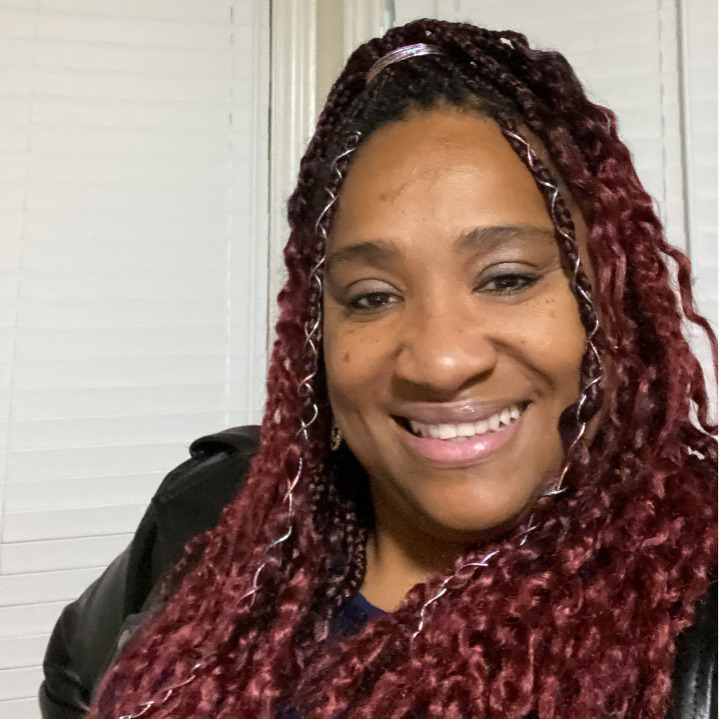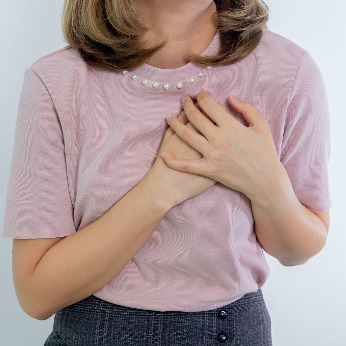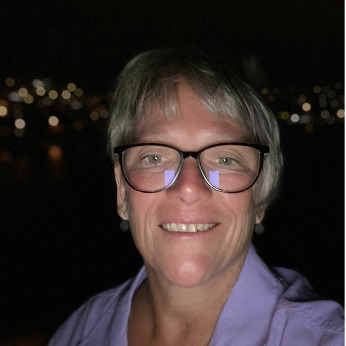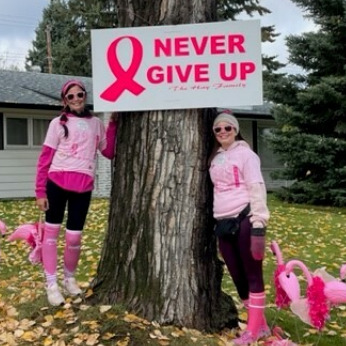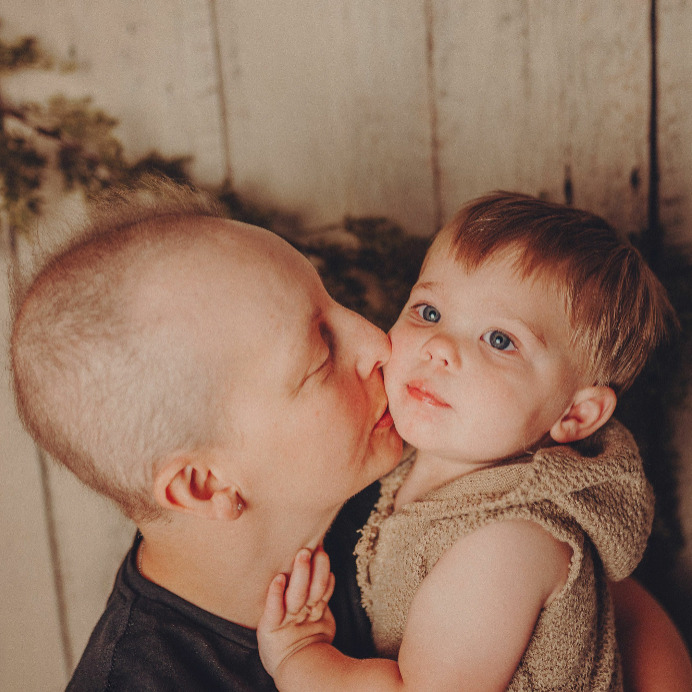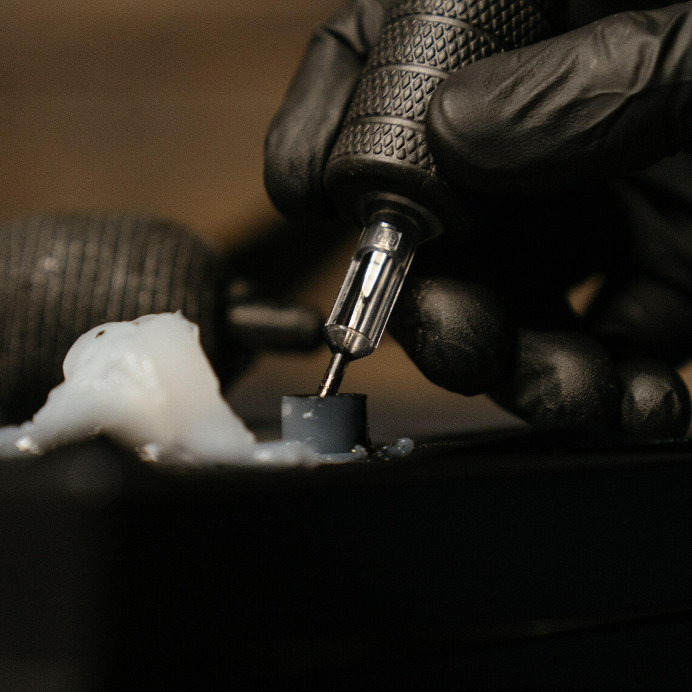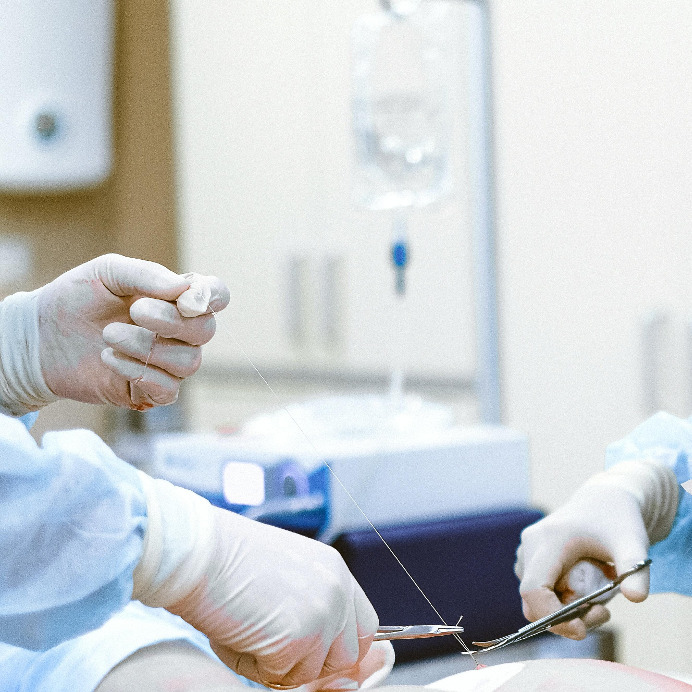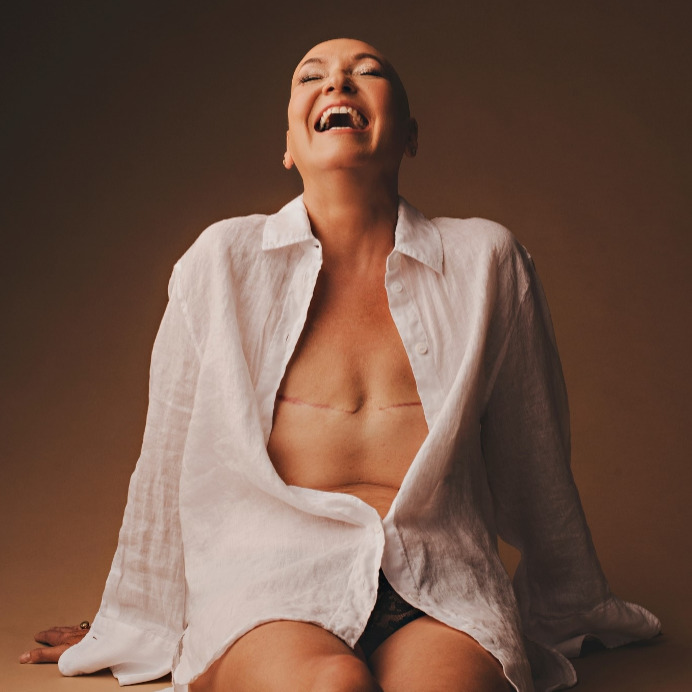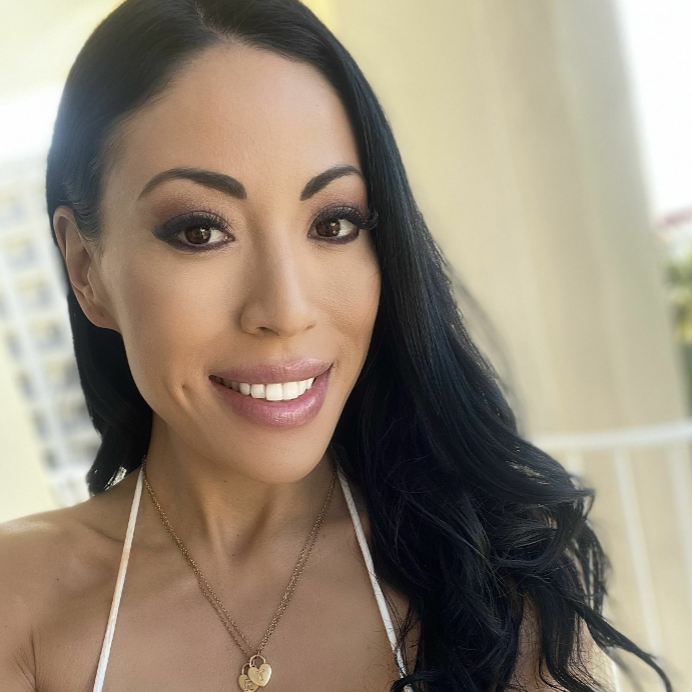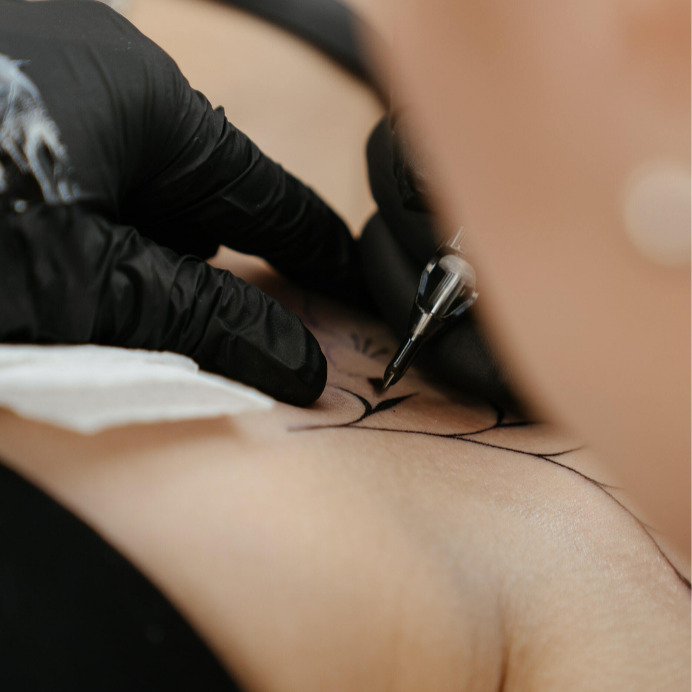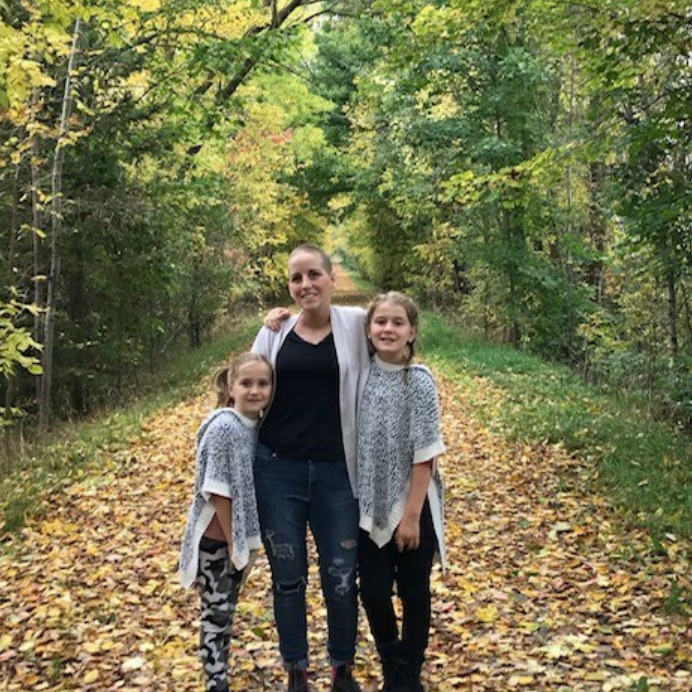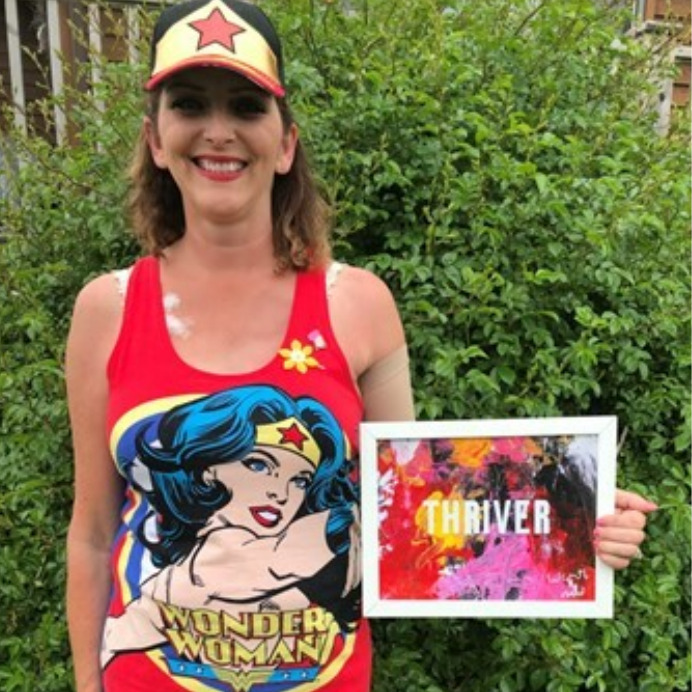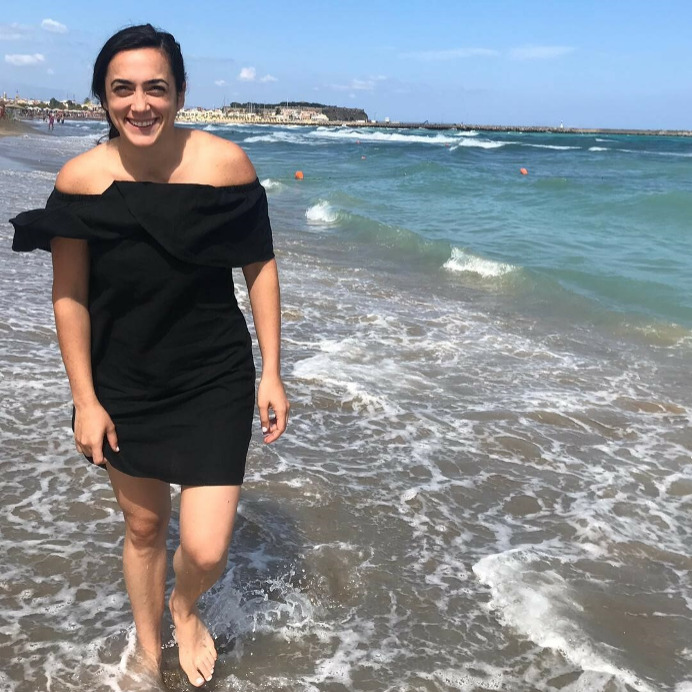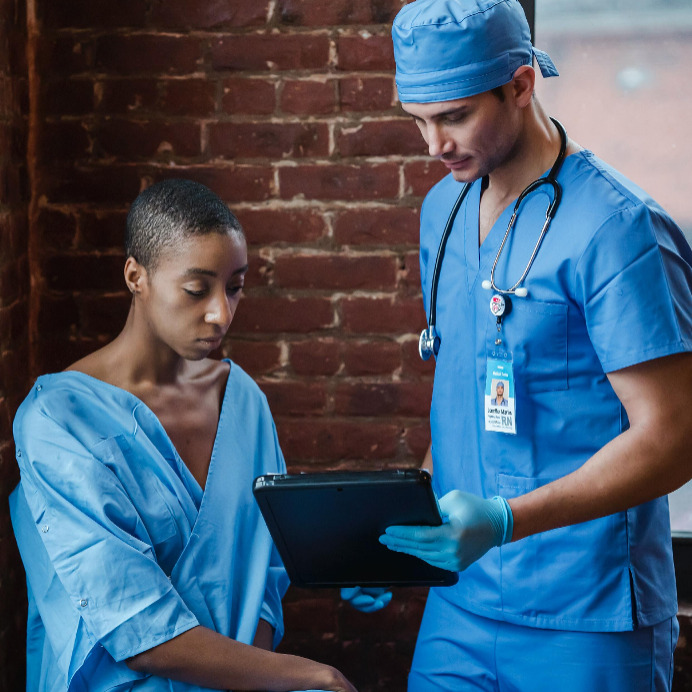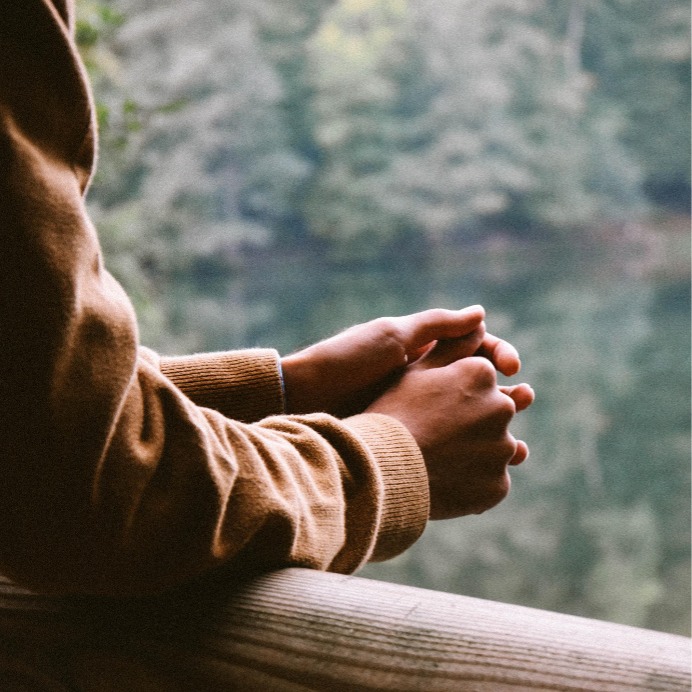By continuing to use our site, you consent to the processing of cookies, user data (location information, type and version of the OS, the type and version of the browser, the type of device and the resolution of its screen, the source of where the user came from, from which site or for what advertisement, language OS and Browser, which pages are opened and to which buttons the user presses, ip-address) for the purpose of site functioning, retargeting and statistical surveys and reviews. If you do not want your data to be processed, please leave the site.
The Voice of People With Breast Cancer
Education
Our Voices Blog
Tag : mastectomy
We All Have A Purpose
In December 2016, I was diagnosed with Stage III HER2-positive Invasive Ductal Carcinoma, two months after my 39th birthday. It was one of the scariest times of my life. It felt unreal at first and everything became a haze instantly. I never imagined I would hear those words and that they would be talking about me. The next thing I remember is the doctor telling me that they know exactly what to do, and that the survival rate was 88% and I should focus on that. To be honest, most of what she said that day sounded to me like jumbled up words. I allowed myself to cry on the day I was diagnosed but very early on, I decided to only focus on what life would be after cancer.
So Much More Than a Tattoo
Fourteen years ago, I got the news that I had cancer. It was in both breasts. My colleagues were there for me all the way. Then, after nine months, my treatment ended, and I went back to work as a family doctor, but things were different. I was fragile. I had a new body. I was living with a newly diagnosed BRCA gene mutation that put me at high risk of breast and ovarian cancer. I required a prophylactic hysterectomy and breast reconstruction, making choices that would impact me and my family. The psychological impact was massive.
Navigating the Stop Signs: A Story of Genetic Testing
My mother was diagnosed with triple negative breast cancer at the age of 30, both of which are strong indicators of a genetic mutation. My mother was quick to expose my sisters and me to the danger we may face in young adulthood following her diagnosis.
Tears and Laughter – My MBC Story, Part 1
I was unprepared for the results received on a brilliant April afternoon. Looking back, I may have wondered at being the last patient in the waiting room, or the offer of a cup of tea as I was shown a seat. The lump was an invasive ductal carcinoma – I had breast cancer.
Navigating persistent pain after breast cancer surgery: Challenges and solutions
Advances in the screening and management of breast cancer have resulted in substantial improvements for those diagnosed with the disease. Patients are living much longer after a breast cancer diagnosis, which is a major accomplishment of modern medicine. However, since patients are living longer, the complications associated with treatment (such as surgery, radiation, and chemotherapy) are becoming increasingly apparent. One such complication is the development of persistent pain in the area of breast cancer resection.
Double Mastectomy: Ups, and Downs, and Everything in Between
I hadn't been feeling well in December of 2021. My family physician was not taking me seriously, so my husband intervened. He insisted on a full work up with all of the necessary tests. I don't know where I would be if my husband had not stepped in when he did. Tests were ordered and a mammogram was scheduled but not until March of 2022.
Stronger Together: Sharing Genes and Breast Cancer Journeys
My name is Cortney Drover, and my identical twin sisters’ name is Connie Claeys. We are 37-year-old females living with Stage IV metastatic breast cancer, and being identical twins, we both carry the BRCA2 gene. Here is our story.
A Mother and a Young Cancer Patient
I am 33-year-old woman from Alberta, Canada. I used to work in the oilfield until I had my son in September 2021. I used to be very independent, and an active dog mom to four dogs. I am now a proud mom of five dogs and one tiny human! I found a lump at two months postpartum but thought it was a blocked milk duct. It kept getting bigger, so I went in on February 28, 2022. I was sent to get an ultrasound and a mammogram on March 1st and 2nd. I was biopsied on March 4th, and my pathology report came back on March 21st. I was diagnosed with invasive ductal carcinoma.
3D Nipple and Areola Tattoos 101: All the Basics You Need to Know
A 3D nipple and/or areola tattoo is an optional last step following nipple reconstruction surgery or as an alternative to nipple reconstruction surgery. If you got a mastectomy and did not get a nipple-sparing mastectomy or nipple reconstruction surgery, then 3D tattooing uses dark and light pigments to create a 3D illusion of the areola(s) and the nipple(s). If a nipple reconstruction surgery was performed, then 3D tattooing would be used to create an areola and/or to enhance the reconstructed nipple.
Reason #4 That Cancer Still Sucks: Surgery Can’t Prevent Recurrence
In this blog series, we present excerpts from Dr. David Stewart’s book A Short Primer on Why Cancer Still Sucks. The fourth reason that cancer still sucks is that it can recur in some patients even if it appears to have been removed completely by surgery. Surgery is not even an option for many patients.
I Only Wanted One Surgery, So I Chose AFC Reconstruction
This year 28,000 women in Canada will be diagnosed with breast cancer. On March 10, 2022, I became one of those women. Disturbingly, within a month of my diagnosis, two more of my close friends received their breast cancer diagnoses. In total, I have 15 close friends and counting who are either breast cancer survivors, or who are currently battling breast cancer. This silent epidemic seems to be growing at an extraordinary pace.
Breast Cancer at 36
I had a few benign tumors (Fibroadenomas) that I would check every six months via ultrasound, and I had one lump which was classified as benign and was told it was nothing to worry about. Three months after my last ultrasound, this lump grew very quickly and became painful. I went back for another ultrasound three months earlier than suggested, and it showed the lump was changing and growing extremely fast. I had a biopsy on June 8, 2022.
Considering a Mastectomy Tattoo? Here’s What You Need to Know
Following breast cancer surgery, there are a variety of options available to you. You may choose to live flat, have breast reconstruction, get implants, or use breast prostheses. Another option that you may have not considered or known about are mastectomy tattoos. Women who have gotten mastectomy tattoos following their breast cancer treatment have given a variety of reasons for getting them, including that they are a confidence boost following treatment, to cover scars, to create something beautiful, and to mark what they’ve been through.
A Quick Guide to Nipple Reconstruction
During a mastectomy or double mastectomy, the nipple is usually removed. One option to remedy this is to have nipple-sparing mastectomy. However, if you are not a candidate for this, you may want to look into whether getting your nipple reconstructed is more ideal for your situation.
My Genetic Test Results Changed my Treatment Plans
Stacy Zelazny lives in a tiny town in Ontario, literally, she resides in a little-known place called Tiny, Ontario. Stacy describes herself as a mom of two amazing girls who is married to her best friend and winning the biggest fight of her life.
The Four Stages of My Stage Four MBC
One night in July 2015, I went to sleep, and everything was fine. When I woke up, it was obvious that everything was not fine. My left breast was swollen, inflamed and painful. I was shocked and worried but tried not to overreact. Then I started making excuses. Maybe my period was coming. Maybe it was cellulitis. Maybe it was a clogged milk duct. Maybe it was. Maybe it. Maybe …
“It’s probably nothing.”: Getting Breast Cancer in My 30’s
It all started in July 2021. A drop of bloody nipple discharge led me down the rabbit hole of Google and WebMD which, for once, was actually reassuring - it’s usually harmless. I scheduled an appointment with my doctor the following day who shared the same sentiment – it is probably nothing, but I will refer you to a breast clinic just in case. As a 30-year-old with no family history of breast cancer and a couple of benign fibroadenomas, I wasn’t too worried, and neither was my Surgical Oncologist initially; the odds were in my favour, it was likely benign. And so I attended my ultrasound, mammogram, and biopsy appointments – each time observing how the other women in the waiting room were decades older than me.
Questions and Experts Session Guide: A Surgical Oncologist Answers Questions about Breast Cancer Surgery
In today’s post, we provide the questions that were sent in and asked during the live session of our Questions and Experts session held in May 2021. In this session, Dr. Mark Basik, MD, FRCPC, a Medical Oncologist, answered questions about breast cancer surgery. In the parentheses, you’ll find the timestamp of where to find the question in the on-demand video.
Considerations for Nipple Sparing Mastectomy
Nipple Sparing Mastectomy (NSM) is a surgery performed on individuals removing their breast due to breast cancer or as a risk reduction method to prevent breast cancer. During this procedure, a small cut is made in the breast and the entire breast glandular tissue is removed from underneath the skin and nipple, leaving them intact. Breast reconstruction, using either an implant or natural tissue, is then performed at the same time. NSM is a procedure that attempts to balance the preservation of the breast area with an effective and successful breast cancer treatment.
Feeling Pain and Sensations in the Area of Your Removed Breast? You May be Experiencing Phantom Breast Syndrome
Some breast cancer patients who had a mastectomy have reported feeling painful and non-painful sensations in the area of the breast that was removed. This condition, known as phantom breast syndrome (PBS), usually start in the first year after a mastectomy. Sensations due to PBS usually occur in the chest, armpit, surgical scar, and inner arm and last far beyond the expected time for post-surgical pain. The prevalence of PBS is not exactly known, most likely due to a lack of reporting as patients either feel like it is not that big of a deal or because they find it hard to describe. PBS has been reported to affect anywhere between 4% to 56% patients; other studies report that it affects anywhere between 10% to 55% of women.

